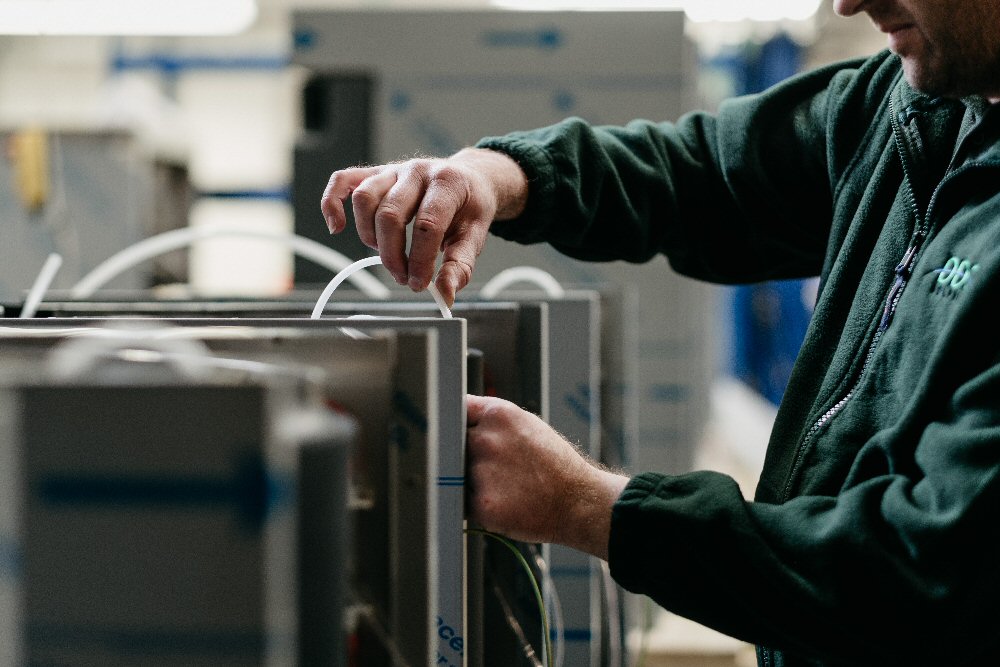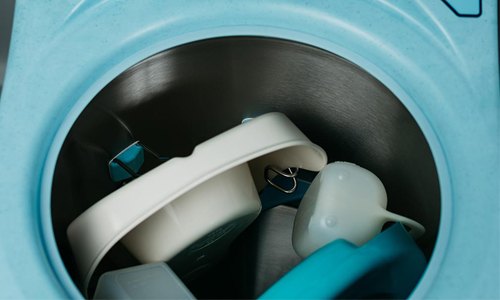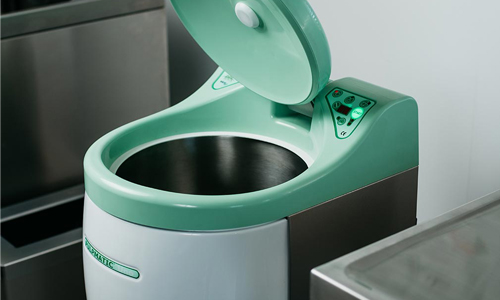3 Common Macerator Faults And How To Prevent Them
Medical Pulp macerators are integral to many infection control strategies. In order for them to adequately serve your clinicians and service users, reliable uptime is a must.
If you don’t take care of your sluice room machinery, it can’t take care of you – it’s that simple.
Responsible for the sanitary disposal of pulp products containing human waste, an appropriately used macerator will help to keep everyone in your facility safe from dangerous HCAIs, such as clostridium difficile and MRSA.
If your macerator breaks down, it isn’t just an inconvenience. Alternative waste disposal methods, such as bagging or cleaning by hand, are far more likely to spread bacteria; this will dramatically increase the possibility of contracting a preventable infection.
Similarly, a faulty machine could pose an environmental threat, through leaks of hazardous substances. Avoiding such instances will protect your day-to-day operations, as well as the health of service users and personnel; it can even prevent damage to your finances and reputation.
So, what are the most common macerator faults and – most importantly – how do you avoid them?
1. Blocked pipes.
Your macerator is designed to pulverise waste into tiny pieces, so it can easily flow through a normal sewerage system.
However, it’s made for a specific purpose, and can only dispose of the items which suit this purpose; medical pulp products, human waste, toilet tissue and maceratable wipes.
A medical pulp macerator can’t dispose of anything else. Towels, cloths, PPE, incontinence products, non-maceratable wipes and syringes will cause serious damage to your machine.
If your macerator vibrates or makes a loud noise, this could be a warning sign that it’s struggling to shred an item. There’s a strong chance that this will result in an unpleasant pipe blockage, so save yourself the stress with thorough staff training to prevent misuse.
2. Failed motors.
Unlike a washer disinfector, a pulp macerator doesn’t contain trays or racks. This could cause untrained staff to overfill the machine and completely overwork it.
If the blade gets jammed due to overloading, an internal trip can stop the machine. Continued jamming can result in a loss of production and eventually motor failure. Educating your clinicians on how many items a macerator can hold is a must.
3. Broken seals.
Your macerator is a tightly-contained machine, managing the transformation of medical waste into a fine slurry, fit for disposal through regular sewage pipes. Now, imagine if the seals which contain this mixture fail; it could result in a very messy (and potentially dangerous) problem.
Damaged seals can occur if corrosive materials are put into the macerator; for example, regular bleach, or other substances which could cause a chemical reaction. For this reason, you should only ever use chemicals and detergents which are designed for your machine.
Keeping your macerator in a good state of repair will underpin an effective infection control strategy.
Avoid breakdowns with a planned preventative maintenance package from DDC Dolphin – not only can we keep your sluice room machinery in good health, but also provide expert assistance to get you back up and running, should an unpredictable breakdown occur.
Keep your uptime on the rise and contact us today.









